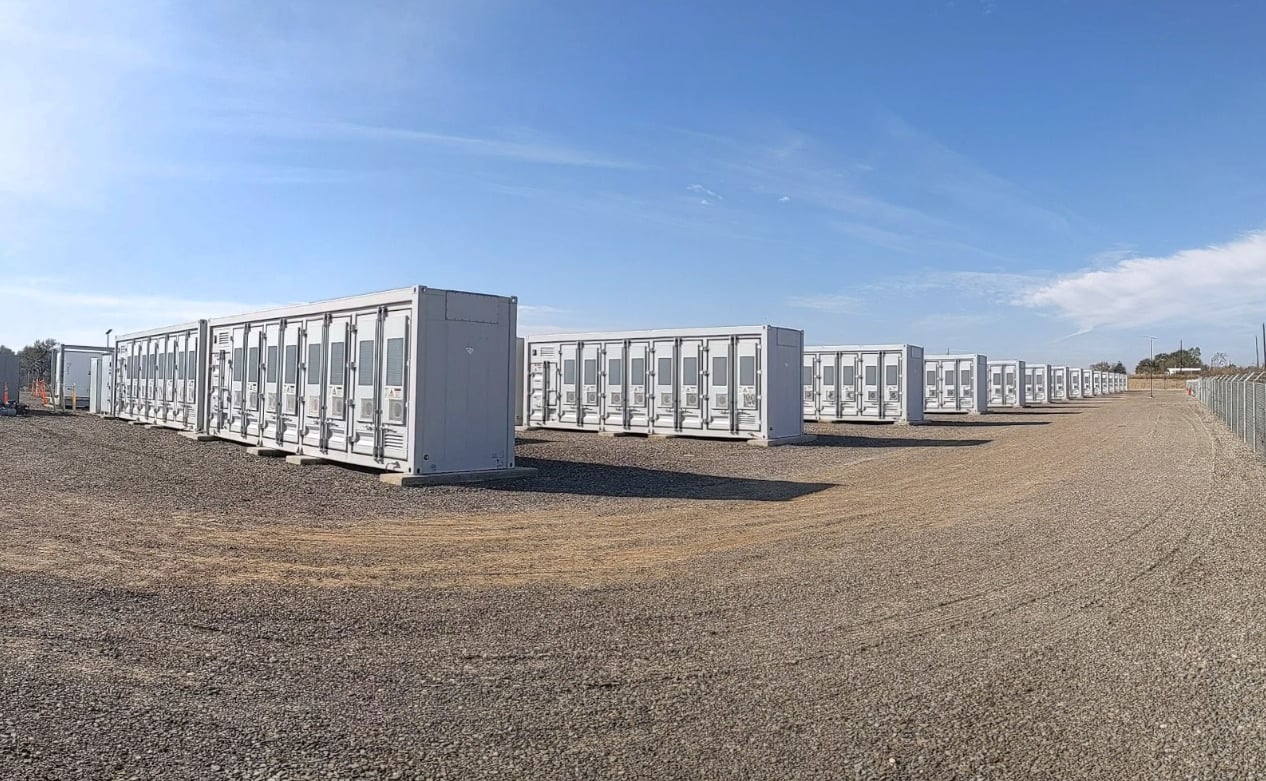
Development challenges
Hanson Wood is its senior VP utility-scale development, and said that energy storage project development increasingly necessitates being closer to populations, which represents a huge challenge that the clean energy sector has not yet had to contend with.
“Most utility-scale renewable development to-date has happened in rural areas so we (as an industry) have not really learned about the complexity of building in hyper urban areas,” Hanson said.
“Over the last several projects, RWE has learned, it’s very different in terms of permitting and constructability, and I’d say about half of our standalone storage pipeline is in hyper-urban areas in order to be near the right electricity market node. The difference in approach for development and construction cannot be underestimated.”
Another challenge the industry has yet to tackle is around getting local support and approval for projects, Wood said: “A real concern I have is opposition around permitting projects locally. We as an industry need to get more sophisticated around generating active support from constituents that benefit from BESS projects.”
An important part of that is communicating the local benefits of rural economic development, not just the energy transition ones, particularly around property tax revenues and the low visual and footprint impact compared to other renewables.
Storage focus for RWE
The firm’s storage activities are currently focused on the ERCOT (Texas) and California markets, with three currently under construction in ERCOT and two being built in California.
“Beyond those core markets, RWE has a larger pipeline in the desert Southwest and are expanding our standalone business into the Pacific Northwest, New York and PJM. We’ll be active in almost every major market for storage in the US,” Wood added.
He added that there were four key areas to focus on to ensure successful execution of projects: siting for locational value, interconnection vintage, permitting expertise and strong engineering, procurement and construction (EPC) partnership, the latter particularly important in said urban areas.
EPC, BESS and high-voltage equipment supply and cost: ‘not out of the woods’
When asked about BESS technology providers, Wood said the firm works with Tier 1 vendors Tesla, LG, Fluence, Samsung and CATL “to name a few”.
On the EPC side, Wood said; “We try to build preferred relationships with EPCs to get around the workforce constraints. We also aim to do 30% of the design work for a project in-house before selecting an EPC to help streamline that process by having some of the work already teed up.”
“But on workforce, as an industry we need to address this comprehensively and I don’t think we can confidently say we have the workforce that we need for the scale of the IRA.”
Wood reiterated that there has been easing on major equipment costs but that EPC, high-voltage and balance of plant (BOP) equipment is still an issue.
“There is some easing on major equipment costs but there is still a lot of scarcity around EPC vendors, high-voltage equipment, BOP equipment, and the general cost and complexity of all of that is being learnt as we build projects. If these projects are located closer to load, which is increasingly happening, expect higher land, permitting and interconnection costs,” Wood said.
“On net, I do not think we are expecting dramatic cost reductions going forward – while battery cost may be declining, EPC, land and HVDC (high-voltage direct current) costs are increasing. We are not out of the woods on cost from a macro-economic perspective.”
In fact, when asked why he thinks the US energy storage industry saw a downturn in the first quarter of 2024, Wood said he suspects it is down to delays around grid interconnection and high-voltage equipment.
Are we accurately valuing storage
Overall, Wood is adamant that the existential need for energy storage is clearer today than it’s ever been, and with growing renewables it is essential to system reliability. However, that doesn’t mean that in practice it is being valued as it should at the local market level.
“I don’t believe all sub-market RTOs (regional transmission organisations) have appropriately been able to define the value of energy storage. If we had, would we see even greater demand and adoption than we are currently? Are we as an industry and energy community in tune with how fundamental storage is to the energy transition and maintaining system reliability?”

